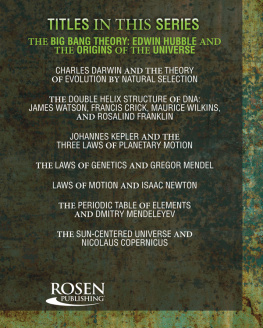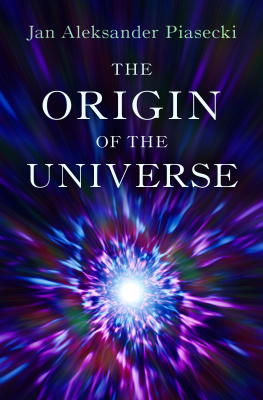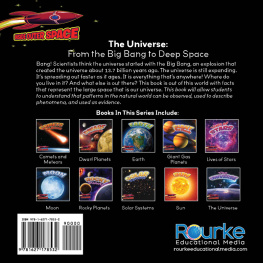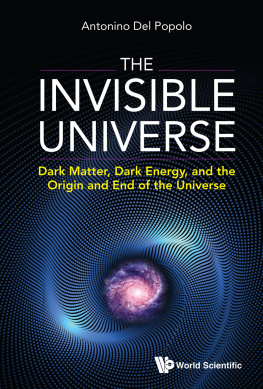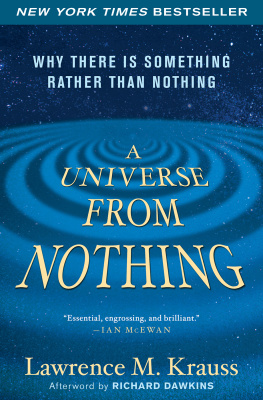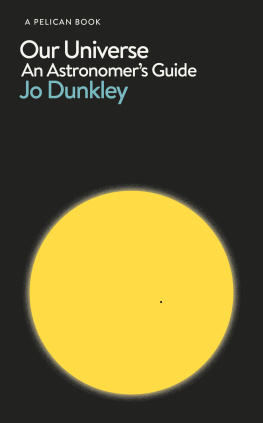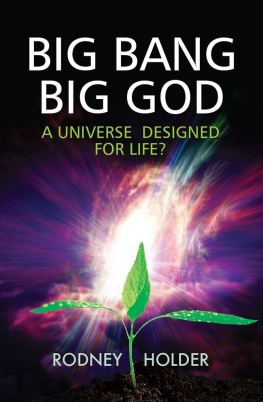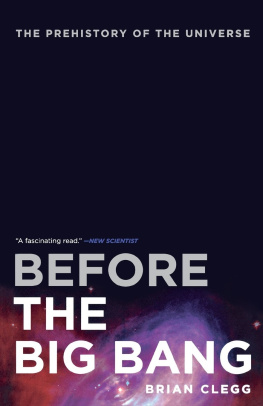This edition published in 2018 by The Rosen Publishing Group, Inc.
29 East 21st Street
New York, NY 10010 Additional end matter copyright 2018 by The Rosen Publishing Group, Inc. All rights reserved. No part of this book may be reproduced in any form without permission in writing from the publisher, except by a reviewer.
Library of Congress Cataloging-in-Publication Data Names: Pamplona, Alberto Hernndez.
Title: A visual guide to the universe / Alberto Hernndez Pamplona.
Description: New York : Rosen Publishing, 2018. | Series: A visual exploration of science | Audience: Grades 712. | UniverseJuvenile literature. | Solar systemJuvenile literature. | AstronomyJuvenile literature.
Classification: LCC QB983.H47 2018 | DDC 523.1dc23
LC record available at https://lccn.loc.gov/2017002116
Manufactured in the United States of America Metric Conversion Chart
| 1 inch = 2.54 centimeters; 25.4 millimeters | 1 ounce = 28 grams |
| 1 foot = 30.48 centimeters | 1 fluid ounce = 30 milliliters |
| 1 yard = .914 meters | 1 teaspoon = 5 milliliters |
| 1 square foot = .093 square meters | 1 tablespoon = 15 milliliters |
| 1 square mile = 2.59 square kilometers | 1 quart = .946 liters |
| 1 ton = .907 metric tons | 355 degrees F = 180 degrees Celsius |
| 1 pound = 454 grams |
| 1 mile = 1.609 kilometers |
| 1 cup = 250 milliliters |
2018 Editorial Sol90, S.L. | AstronomyJuvenile literature.
Classification: LCC QB983.H47 2018 | DDC 523.1dc23
LC record available at https://lccn.loc.gov/2017002116
Manufactured in the United States of America Metric Conversion Chart
| 1 inch = 2.54 centimeters; 25.4 millimeters | 1 ounce = 28 grams |
| 1 foot = 30.48 centimeters | 1 fluid ounce = 30 milliliters |
| 1 yard = .914 meters | 1 teaspoon = 5 milliliters |
| 1 square foot = .093 square meters | 1 tablespoon = 15 milliliters |
| 1 square mile = 2.59 square kilometers | 1 quart = .946 liters |
| 1 ton = .907 metric tons | 355 degrees F = 180 degrees Celsius |
| 1 pound = 454 grams |
| 1 mile = 1.609 kilometers |
| 1 cup = 250 milliliters |
2018 Editorial Sol90, S.L.
Barcelona
All Rights Reserved.
Original Edition 2009 Editorial Sol90, S.L. Barcelona Original Idea Sol90 Publishing
Project Manegement Nuria Cicero
Editorial Coordination Diana Malizia
Editorial Team Alberto Hernndez, Virginia Iris Fernndez, Mar Valls, Marta de la Serna, Sebastin Romeu. Maximiliano Luduea, Carlos Bodyadjan, Doris Elsa Bustamante, Tania Domenicucci, Andrea Giacobone, Constanza Guariglia, Joaqun Hidalgo, Hernn Lpez Winne.
Proofreaders Marta Kordon, Edgardo DElio
Design Fabin Cassan
Layout Laura Ocampo, Carolina Berdias, Clara Miralles, Paola Fornasaro, Mariana Marx, Pablo Alarcn Photography Age Fotostock, Getty Images, Science Photo Library, Graphic News, ESA, NASA, National Geographic, Latinstock, Album, ACI, Cordon Press Infographic Coordination Paula Lpez Infographies Sol90 Images www.sol90images.com, Paula Lpez, Guillermina Eichel, Pablo Gentile, Maru Hiriart, Maureen Holboll, Clarisa Mateo, Sol Molina, Vanina Ogueta, Gastn Prsico, Cecilia Szalkowicz, Paula Simonetti Illustrations Sol90 Images www.sol90images.com, Guido Arroyo, Pablo Aschei, Gustavo J. Caironi, Hernn Caellas, Leonardo Csar, Jos Luis Corsetti, Vanina Faras, Joana Garrido, Celina Hilbert, Isidro Lpez, Diego Martn, Jorge Martnez, Marco Menco, Ala de Mosca, Diego Mourelos, Eduardo Prez, Javier Prez, Ariel Piroyansky, Ariel Roldn, Marcel Socas, Nstor Taylor, Trebol Animation, Juan Venegas, Coralia Vignau, 3DN, 3DOM studio, Constanza Vicco, Diego Mourelos. Contents The Secrets of the Universe What Is the Universe? What Is in the Universe? The Solar System The Earth and the Moon Observing the Universe Glossary For More Information For Further Reading Index The Secrets of the Universe T here was a time when people believed that the stars were bonfires lit by other tribes in the sky, that the universe was a flat plate resting on the shell of a giant turtle, and that the Earth, according to the Greek astronomer Ptolemy, was at the center of the universe. From the most remote of times, people have been curious about what lies hidden beyond the celestial sphere.
This curiosity has led them to build telescopes that show with clarity otherwise blurry and distant objects. In this book you will find the history of the cosmos illustrated with spectacular images that show in detail how the cosmos was formed, the nature of the many points of light that adorn the night sky, and what lies ahead. You will also discover how the suns that inhabit space live and die, what dark matter and black holes are, and what our place is in this vastness. Certainly, the opportunity to compare the destiny of other worlds similar to ours will help us understand that for the time being there is no better place than the Earth to live. At least for now.In the Milky Wayaccording to mathematical and physical calculationsthere are more than 100 billion stars, and such a multitude leads to the question: Is it possible that our Sun is the only star that possesses an inhabited planet? Astronomers are more convinced than ever of the possibility of life in other worlds. We just need to find them.
Reading this book will let you become better acquainted with our neighbors in the solar systemthe other planetsand the most important characteristics that distinguish them. All this information that explores the mysteries of space is accompanied by recent images captured by the newest telescopes. They reveal many details about the planets and their satellites, such as the volcanoes and craters found on the surface of some of them. You will also learn more about the asteroids and comets that orbit the Sun and about Pluto, a dwarf planet, which was recently visited by a space probe for the first time. About twenty-five years ago, astronomers began observing frozen worlds, much smaller than a planet, in a region of the solar system called the Kuiper belt. We invite you to explore all of this.
The images and illustrations that accompany the text will prove very helpful in studying and understanding the structure of all the visible and invisible objects (such as dark matter) that form part of the universe. There are stellar maps showing the constellations, the groups of stars that since ancient times have served as a guide for navigation and for the development of calendars. There is also a review through history: from Ptolemy, who thought the planets orbited around the Earth, and Copernicus, who put the Sun in the center, and Galileo, the first to aim a telescope skyward, up to the most recent astronomical theories, such as those of Stephen Hawking, the genius of space and time who continues to amaze with his discoveries about the greatest mysteries of the cosmos. You will find these and many more topics no matter where you look in this fantastic book that puts the universe and its secrets in your hands.
EAGLE NEBULA
Stars are forming within this pillar of interstellar dust. What Is the Universe?



